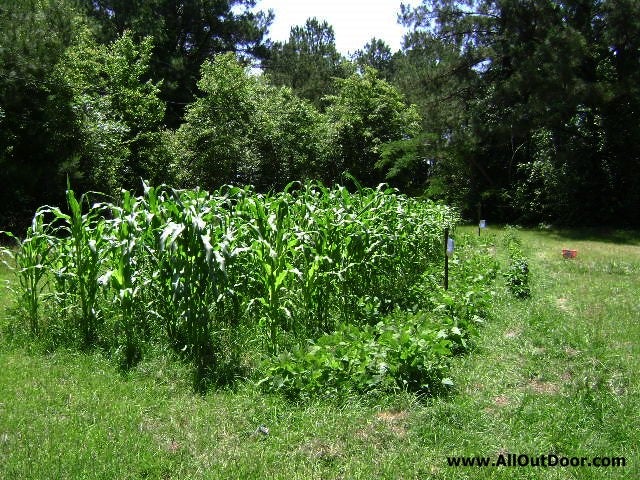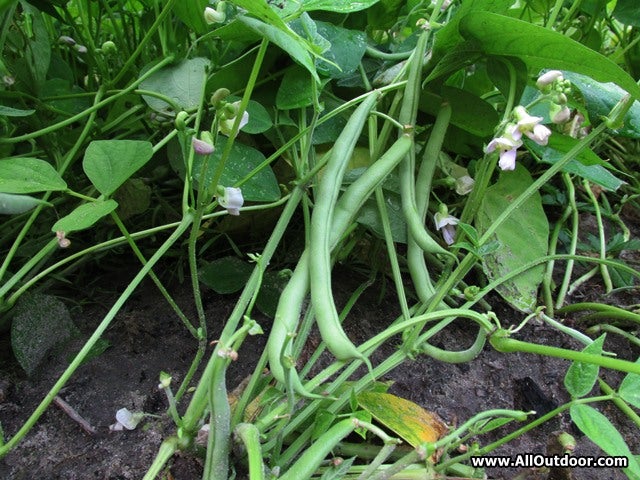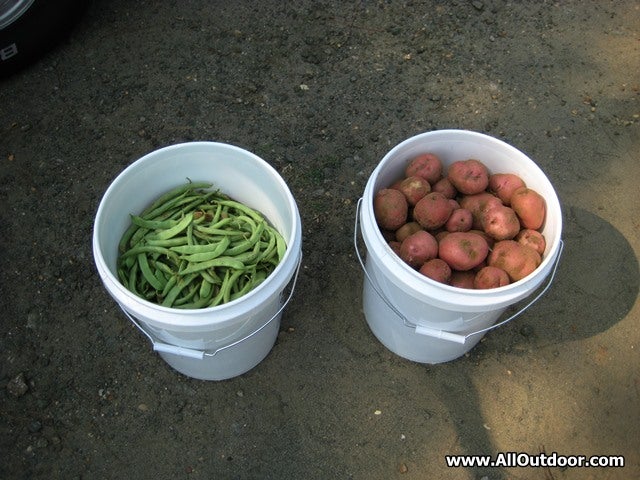Three Types of Crops Preppers May Want to Consider
Kevin Felts 01.28.19

In this article we are going to discuss three types of crops preppers may want to consider. Hopefully, this will provide the foundation for starting survival seed stockpile.
With so many seeds why just three? It would take a book to discuss even a portion of the crops we could grow, so let’s start with just three.
When planning a survival garden consider planting three types of crops:
- Steady production
- One Time Production
- Easy Storage
Lets start off with crops once they start producing will continue to produce for several weeks, or even several months. In all examples, production depends on weather, rain, soil conditions… etc.
Steady Production
Examples include:
- Beans – Contender, Roma II, Pinto.
- Cucumber – Pickling, Straight 8.
- Okra – Clemson Spineless, Longhorn.
- Peppers – Banana, Bell, Jalapeno, Tabasco.
- Tomatoes, especially grape tomatoes
- Squash and Zucchini – Acorn, straight neck yellow summer squash, and Zucchini.
Once these plants start producing they should provide a harvest every few days. Difference types of squash will produce differently, as will peppers and tomatoes. Some of my best harvest from tomatoes have been from grape tomatoes. Just a few plants kept my family stocked with bite sized tomatoes through the early – mid summer.
In 2018 I grew Tabasco and Jalapeno peppers, and the Tabasco greatly outproduced the Jalapeno. Personally, I like Banana peppers to eat with a meal, and Jalapeno to cook with. Just one or two Tabasco peppers go a long way.
One Time Production
Generally these are crops that will give one one or two bountiful harvest.
- Corn – Yellow Dent, Truckers Delight, G90.
- Garlic
- Greens – Turnips, Radishes, Rutabagas, Spinach.
- Onions – 1015Y, green onions.
- Peas – Purple hull, Silver Skin Crowder. Sometimes peas will provide a couple of harvest.
- Potatoes
- Watermelons
When these crops are ready to harvest, a lot of time and energy is dedicated to harvesting.
Several years ago there was a patch of purple hull peas planted here on the farm. Those pea plants produced enough peas we filled the bed of a short wheel base 1/2 ton Chevy Truck.
Easy Storage
Some crops are a lot easier to store than others. Some can be left on the plant to dry, then harvest. While others can be stored in a cool dry location for several months.
- Corn
- Beans
- Garlic
- Peas
- Potatoes
- Onions
- Winter Squash
What about canning? Not everyone has a pressure canner, or books on canning, or even cases of jars. Drying beans, peas, and corn is a lot easier than using a pressure cooker to store dozens, or even hundreds of jars.
When my dad was a young man, his dad would leave the corn on the plant until it dried. Once dried the corn would be shucked, then stored in a barn.
Potatoes are stored in a barn between layers of hay. The last time I grew potatoes, they were stored in bushel baskets which were kept in a store room. Straw separated the layers of potatoes, and were kept like that for almost a full year.
Some people store onions in panty hose with knots tied in the hose between onions. Allowing air to circulate around onions will increase their storage life.
Final Thoughts
One of the best crops a prepper could stockpile seeds for would have to be peas and beans. They are easy to grow, good producers, healthy, and easy to store.
Some of my favorite beans and peas:
- Purple hull pea
- Contender snap bean
- Roma II snap bean
For those of you on the fence about gardening, stay tuned and I will walk you through the process. Gardening season is just around the corner, so stay tuned.

